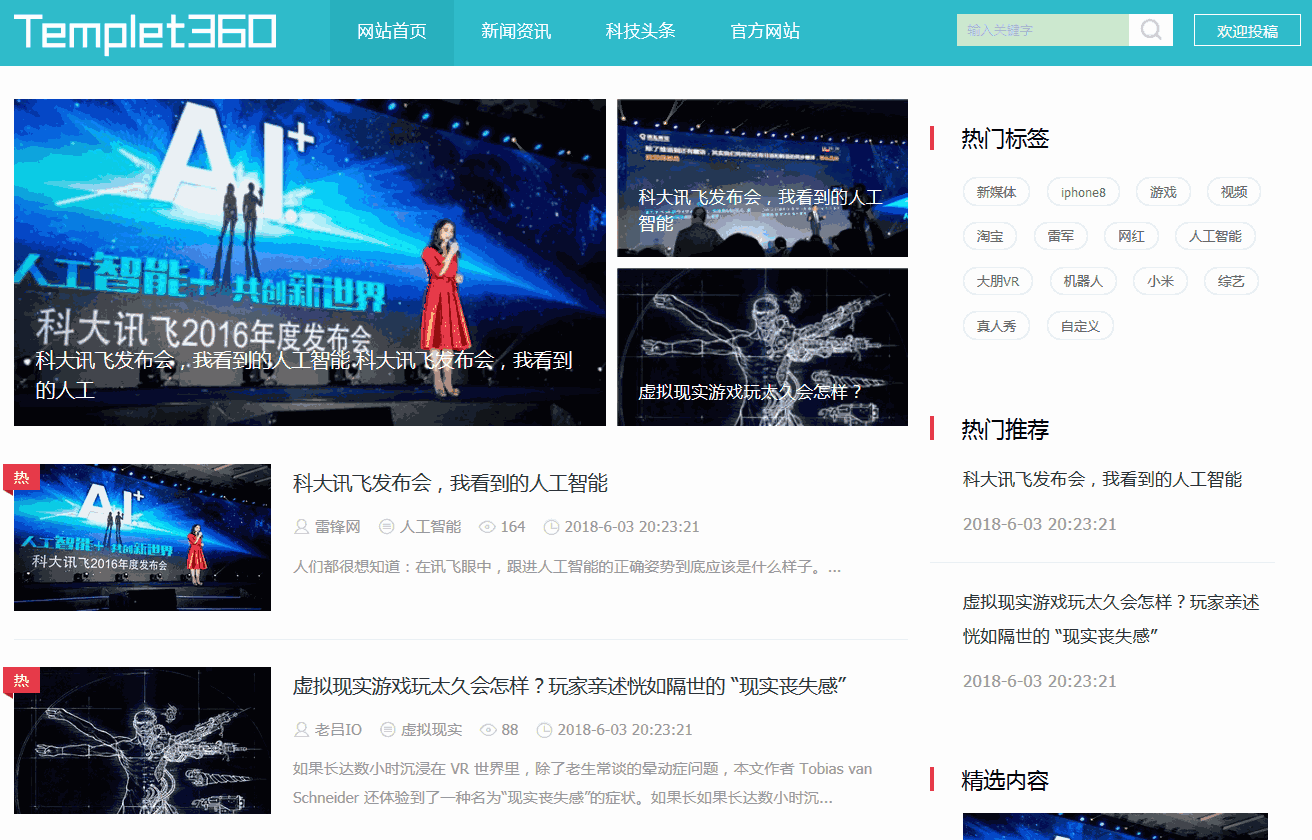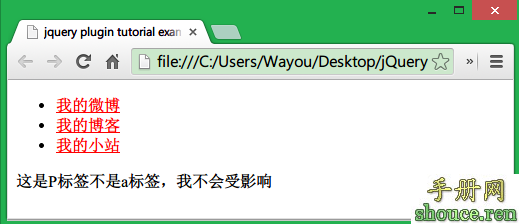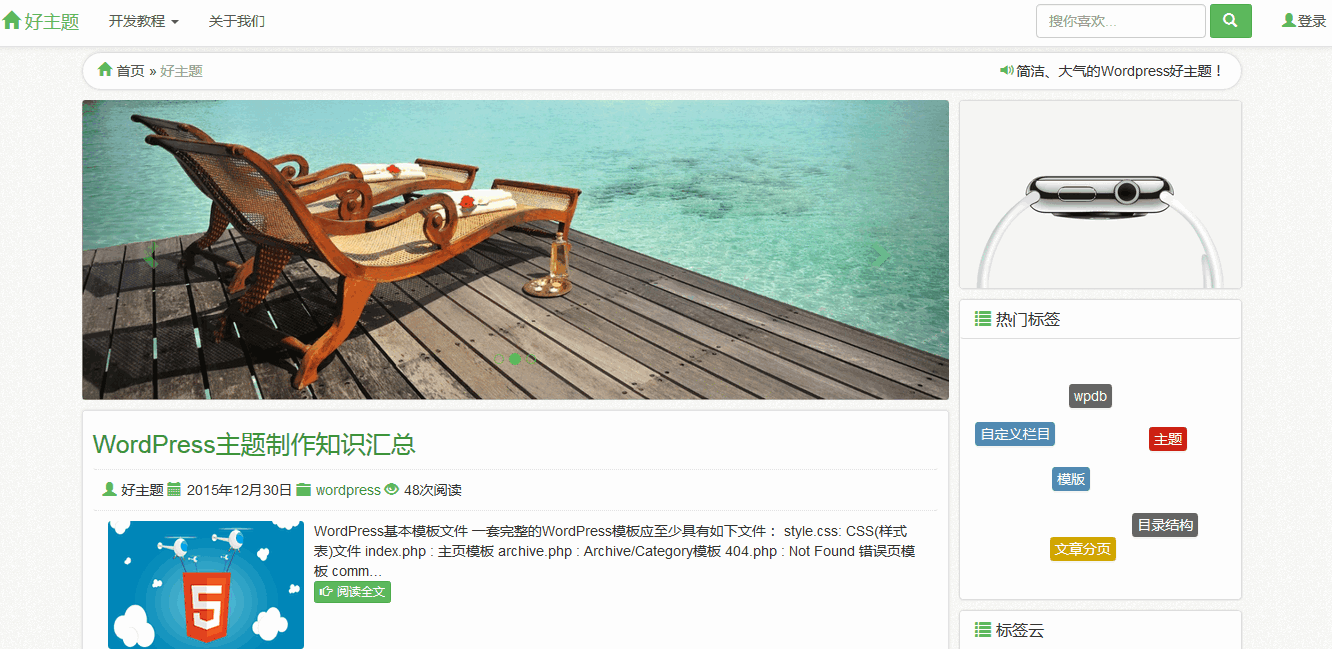Android RoboGuice2 使用指南(2): 第一个例子Hello World
本例实现的功能和例子Android RoboGuice 使用指南(2):第一个例子Hello World一样,所不同的是本例使用RoboGuice2.0 来实现。
- 下载新的RoboGuice库,Roboguice2.0 库有四个库组成,如下图所示:

库可以从 http://code.google.com/p/roboguice/下载,也可以从本站下载
2. 创建一个新Android项目,比如GuiceDemo,目标平台Android1.5以上。
3. 一般可以在该项目下添加一个libs目录,将两个jar文件拷到libs目录下,然后通过: Project > Properties > Java Build Path > Libraries > Add JARs

注:从ADT17开始,添加的jar文件需放在libs 子目录下,可以参见升级到ADT 17 出现dalvikvm: Unable to resolve superclass的问题
添加了对应guice 和roboguice库的引用之后,就可以开始编写第一个使用roboguice2 的例子。
使用roboguice2 的步骤:
Roboguice2 中不在含有RoboApplication 类,因此无需也不可能派生RoboApplication的子类。这里重复一下HelloWorld 的Layout 和类说明
1. 在这个简单的例子中,它使用的Layout 定义如下:
<?xml version=”1.0″ encoding=”utf-8″?>
<LinearLayout xmlns:android=”http://schemas.android.com/apk/res/android”
android:orientation=”vertical”
android:layout_width=”fill_parent”
android:layout_height=”fill_parent”
>
<TextView
android:id=”@+id/hello”
android:layout_width=”fill_parent”
android:layout_height=”wrap_content”
android:text=”@string/hello”
/>
</LinearLayout>
我们定义了一个TextView ,它的id为hello.
假定这个应用使用一个IGreetingService ,它有一个方法getGreeting() 返回一个字符串,至于IGreetingService 如何实现,GuideDemo 不需要关心。

Dependency injection 设计模式的一个核心原则为: Separate behavior from dependency resolution. 也就说将应用需要实现的功能和其所依赖的服务或其它对象分离。 对本例来说GuiceDemo只要知道它依赖于IGreetingService 服务,至于IGreetingService有谁实现GuiceDemo并不需要知道。
在Roboguice 中使用@Inject 来表示这种依赖关系。
- public class GuiceDemo extends RoboActivity {
- @InjectView (R.id.hello) TextView helloLabel;
- @Inject IGreetingService greetingServce;
- @Override
- public void onCreate(Bundle savedInstanceState) {
- super.onCreate(savedInstanceState);
- setContentView(R.layout.main);
- helloLabel.setText(greetingServce.getGreetings());
- }
- }
- 使用RoboGuice 的Activity需要从RoboActivity派生(RoboActivity为Activity的子类).
- 使用@Inject标注greetingServce依赖于IGreetingService服务
- 使用@InjectView表示helloLabel 依赖于R.id.hello (XML)
代码中没有创建greetingServce 对象的代码(如 new xxx()) 和为helloLabel 赋值的代码。这些值都可以Roboguice 自动创建和赋值注入(Inject)到变量中。
为了说明问题,我们在代码中添加两个对getGreetings的实现,一个为HelloWorld, 一个为HelloChina:
- public class HelloChina implements IGreetingService{
- @Override
- public String getGreetings() {
- return "Hello,China";
- }
- }
- public class HelloWorld implements IGreetingService{
- @Override
- public String getGreetings() {
- return "Hello,World";
- }
- }
2. 到这里,你可能有些困惑,RoboGuice怎么知道使用那个类(HelloWorld或是HelloChina)为GuiceDemo中的greetingServce 赋值呢?这是通过在Module 中定义binding 来实现的。
在项目中添加一个GreetingModule (从AbstractModule 派生而非AbstractAndroidModule类)重载configure方法:
- public class GreetingModule extends AbstractAndroidModule{
- @Override
- protected void configure() {
- bind(IGreetingService.class).to(HelloWorld.class);
- //bind(IGreetingService.class).to(HelloChina.class);
- }
- }
将IGreetingService 绑定到HelloWorld 类。
3. 在res/values/roboguice.xml 定义Module
- <?xml version="1.0" encoding="utf-8"?>
- <resources>
- <string-array name="roboguice_modules">
- <item>com.pstreets.guice.demo.GreetingModule</item>
- </string-array>
- </resources>
可以将GreetingModule 绑定改为HelloChina ,对比一下:

通过改变binding ,GuiceDemo 显示了不同的结果,GuiceDemo不依赖于具体的实现,可以非常方便的改变接口的实现而无需更改GuiceDemo的代码。大大降低了类于类之间的耦合性。
(包括RoboGuice2库)
- 没有章节













